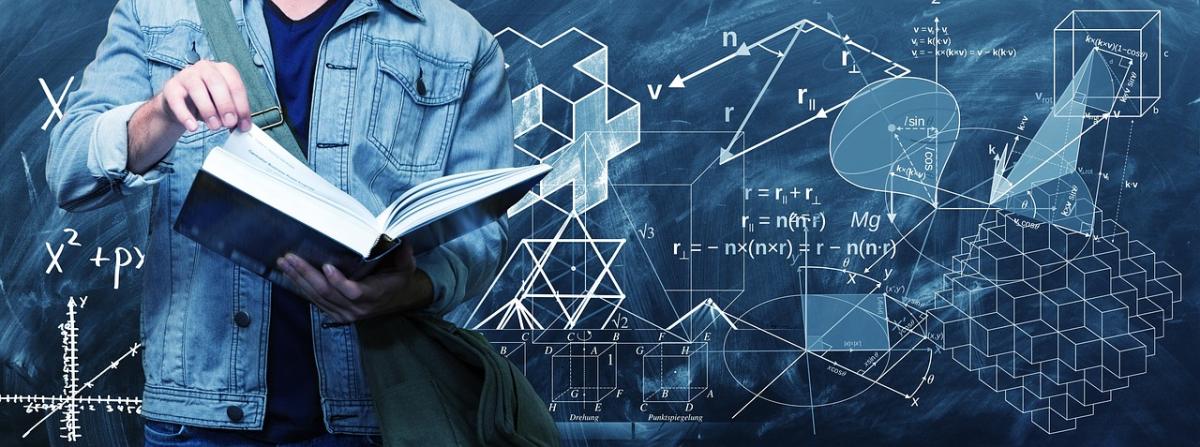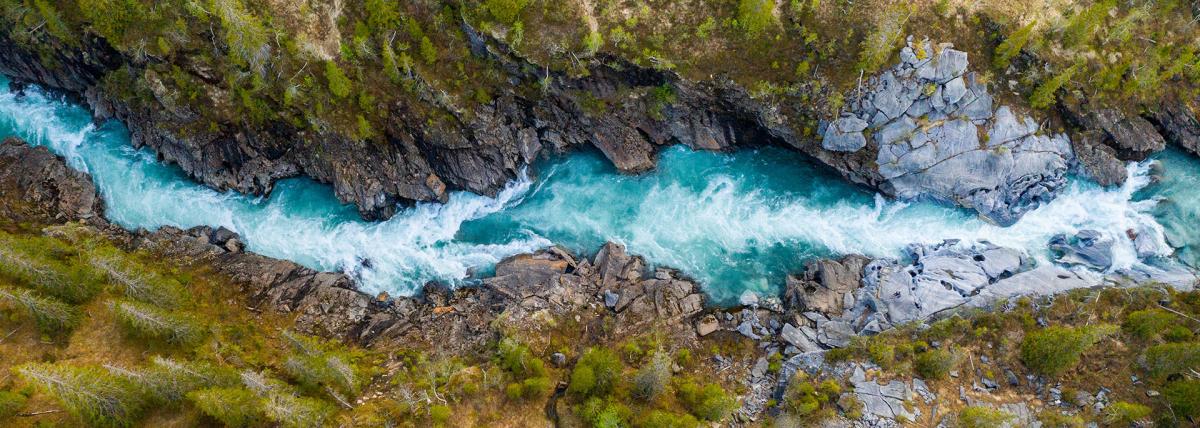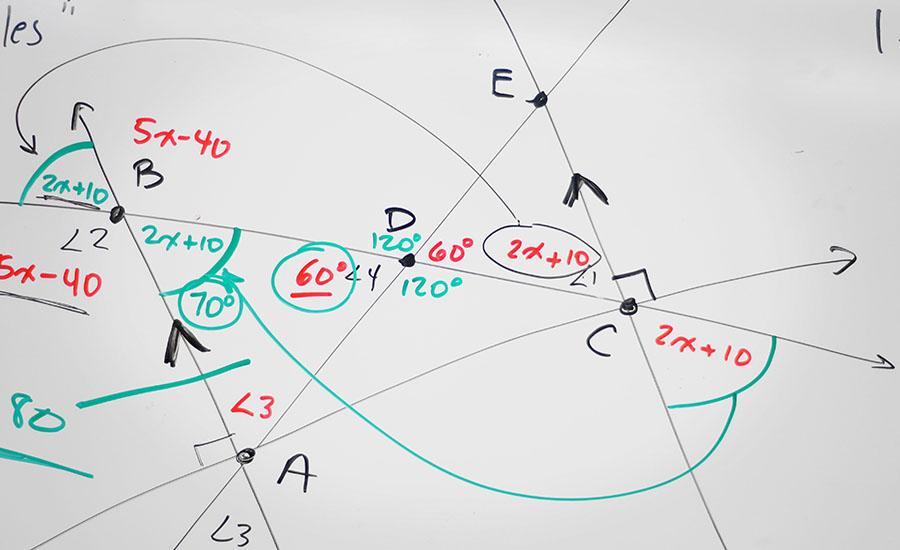This lesson plan is designed for 8th graders to introduce the periodic table as well as learning how molecules are formed and what they look like. Students will engage in a Science, Technology, and
This lesson incorporates science, math and writing. Students will get to make and taste grilled cheeses and determine what ingredients and what methods they think will make the best grilled cheese
In this lesson, you'll witness the sparkle in your student's eyes as they become Candytopia explorers and chemists, making observations, grouping candies, and creating their own Candy Periodic Table
Making a wave machine to learn about the parts of the wave. This is the foundational learning piece before heading into the seismic building challenge.
Students learn about atomic theory and the scientists that theorized new atomic models from experiments they conducted. Students then create a 3D model for each advancement in the theory timeline
This lesson could be a Part II for the 3D modeling atomic theory lesson using Tinkercad, or this lesson can be delivered independently. In this lesson students fill out an atomic theory timeline and
Students observe particle movement for solids, liquids, and gases. They then write Pseudocode for coding particle behavior and then they code particle movement on Scratch for the three states/phases
Get ready to learn about density! This is a density lab involving hot and cold-water layering, salt density layers, and a PHET online lab simulation.
This lesson is on density of solids. It's one lesson of two. This lesson should be first since it introduces density but it can be revised and used after the density of liquids. The lesson has a short
This is the second part of two lessons on density. This lesson is on the density of liquids following the first lesson on density of solids. The lesson is a lab on layering several liquids with
Students will read and respond to the story, Room on the Broom. Then students will plan and create a sturdy broom to hold as many pumpkin candies as possible.
Radioactive Orbs
This lesson focuses on using the engineering design process and simple machines to design a device that the students can use to safely transport radioactive orbs across the span of 8 feet. Students
This is a phenomena-based introduction to how emission spectra of elements and the connection to electrons and energy levels. Students first get to explore the emission spectra of several gases using
After learning about emission spectra, electron energy levels, orbitals and configurations, and periodic trends for atomic radius and ionization energy; this is concluding activity that require
Students will create a Google slideshow presentation to document their progress through the engineering design process, which includes: researching the science of sound, then creating an instrument


Engineers create and use new materials, as well as new combinations of existing materials to design innovative new products and technologies—all based upon the chemical and physical properties of
This is an introductory activity to reaction kinetics at an AP Chemistry level. Students use model kits or Legos in an activity that allows them to model how changing the concentration of reactants in
In this lesson, students cover concepts like states of matter and chemical changes. Students will apply these concepts to an activity where they will make fake snow. Students will be challenged to
Student teams design insulated beverage cups with the challenge to test them to determine which material works best as an insulator to keep a hot beverage warm for as long as possible. Students test
In this lesson plan, students will be able to investigate battery cells as they construct their own simple batteries: They will know that batteries are a common store of energy for many devices that
Featured Lesson Plans
Check out these notable lesson plans.

Students use Google Earth Timelapse to observe changes to glaciers over time before completing an investigation on the effects of melting sea ice and land ice on global sea level rise. This

This is the second lesson plan that goes with the series of four lesson plans for the book Song for a Whale by Lynne Kelly. This lesson focuses on vibrations, sounds, and music. The final project is

SNOW
This lesson includes literacy, math, and art about snowflakes. Within math, students will dive into an analysis of angles within a common snowflake. Students will listen to an informational text about


